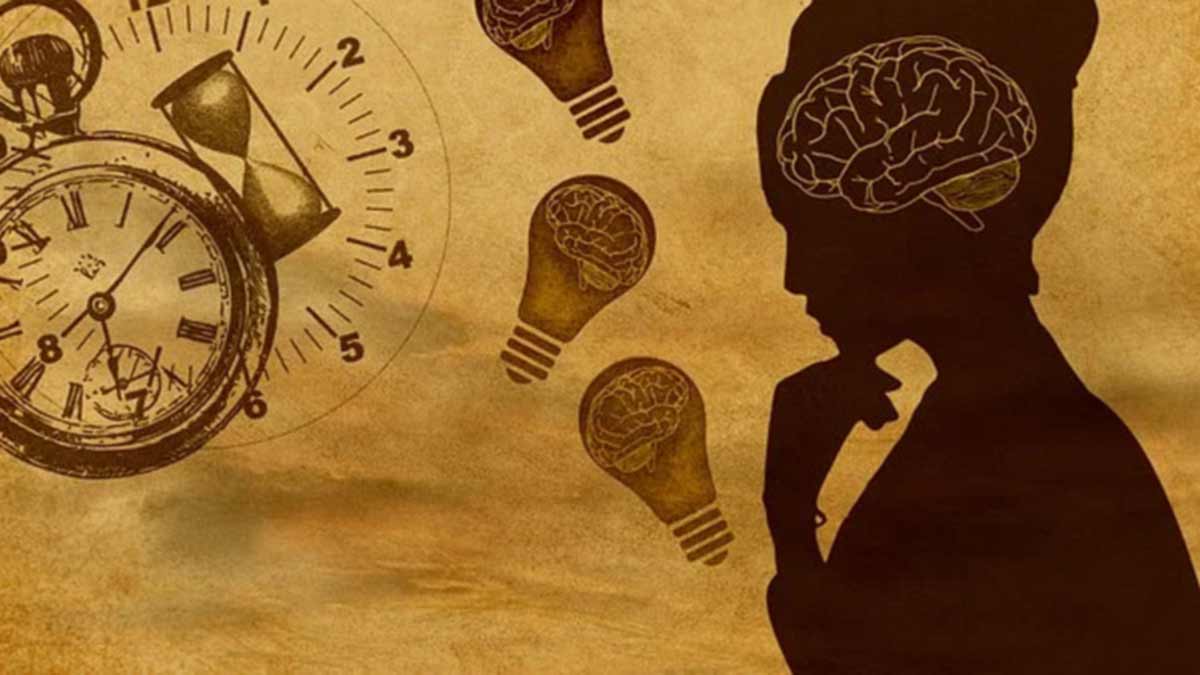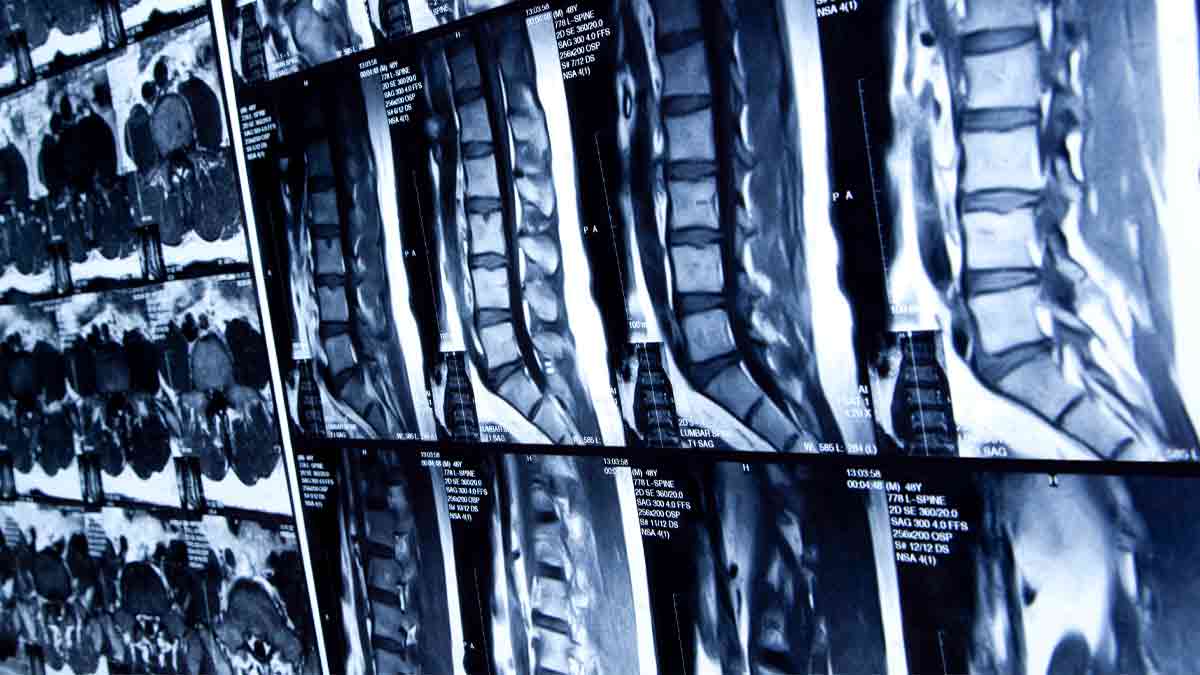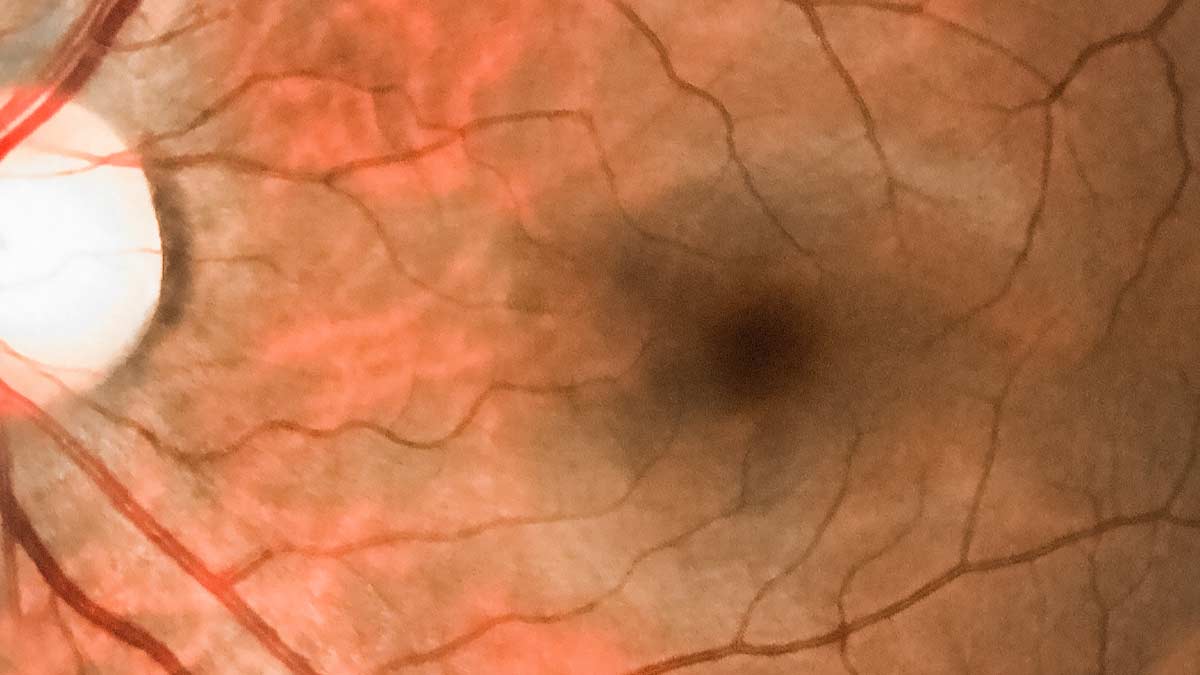NIH BRAIN initiative awards Ohio State researcher a grant to study how the brain senses, processes and controls body temperature

Martin Haesemeyer, PhD, assistant professor of Neuroscience at The Ohio State University College of Medicine, studies how the brain uses computational strategies to transform sensation into life-saving adaptive behaviors.
From worms to humans, survival depends on thermoregulation, the ability to regulate and maintain core temperature. To prevent an organism’s body temperature from being too high or too low, the brain first relies on signals from skin cells called thermoreceptor neurons. These neurons sense temperature information and send it to the brain for processing. Then the brain triggers survival behaviors, such as shivering, sweating or pulling a hand from a hot stove.
Dr. Haesemeyer and his team have just been awarded a five-year grant from The National Institutes of Health Brain Research Through Advancing Innovative Neurotechnologies (BRAIN) Initiative® that aims is to revolutionize our understanding of the human brain. The grant is administered through the National Institute of Neurological Disorders and Stroke and the National Institute on Drug Abuse and will support the researcher’s study of principles of sensorimotor transformations and the process by which sensory stimuli are converted into motor commands. This work will build on previous research that revealed two critical classes of hindbrain neurons influenced by sensory stimuli and established that these neurons encode rates of heating and cooling in the environment and trigger behavioral mechanisms necessary to return to homeostasis.
“This important work will assist researchers and physicians in better understanding disease states where sensory processing goes awry,” says Dr. Haesemeyer.
To conduct their research, Dr. Haesemeyer and his team use vertebrate larval zebrafish as a model because it’s the only vertebrate that allows comprehensive identification and manipulation of thermoregulatory circuits. Zebrafish sense temperature and transform the information into behavior to avoid hot waters. In addition, its transparency allows neural activity to be viewed throughout the entire brain.
“The accessibility of the zebrafish nervous system to optical recording of neural activity enabled us to map thermoregulatory circuits from sensory input to behavioral output for the first time in any animal,” says Dr. Haesemeyer.
The team will examine biophysical properties of neurons to determine how they encode the direction of temperature change. This knowledge will help them determine whether neurons use cell-autonomous means to extract information about temperature change or if this information is computed by small local circuits.
A crucial step in this complex process will be disabling the functionality of the temperature-change neurons and recording ensuing behavior. This will determine the neuron’s role in sensorimotor transformations and increase insight into how they go about doing the heavy lifting of thermoregulatory modulation: calculating necessary heating and cooling responses.
As the team gathers large data sets and employs computer systems that use algorithms and statistical models to analyze and draw inferences from the patterns in the data, what do they hope will emerge? A map of neural activity, from cellular properties to circuits, and a representation of how neurons interact to generate adaptive behaviors in response to sensory stimuli.
“By combining results across these scales of organization, from single-cell properties to behavioral circuits, we will generate a multiscale model of thermoregulation,” says Dr. Haesemeyer. “It’s a promising development for the nearly one in six people in the world who suffer from neurological disorders and the physicians dedicated to their care.”
Learn more about our faculty’s pioneering medical research and how it holds the potential to translate into breakthrough health care solutions.
Disclaimer:
Research reported here was supported by the National Institute of Neurological Disorders and Stroke of the National Institutes of Health under Award Number R01NS123887. The content is solely the responsibility of the authors and does not necessarily represent the official views of the National Institutes of Health.



